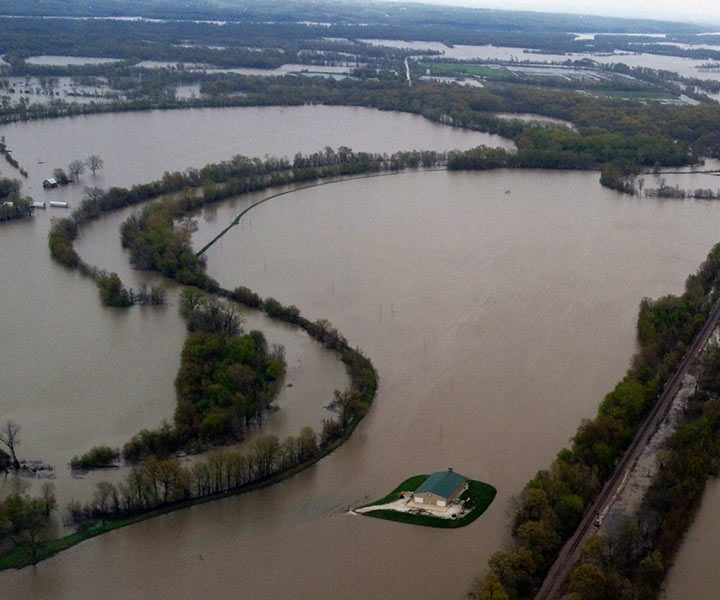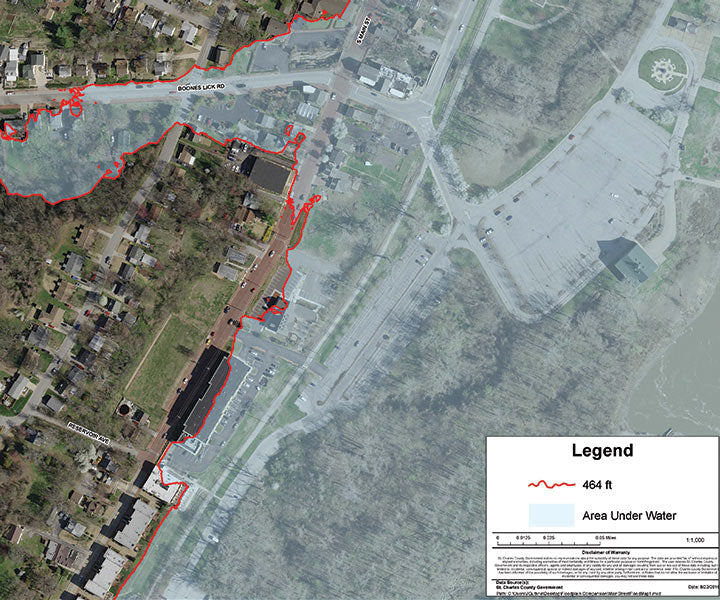Price :
QTY :
CART TOTALS :
There are items
in your cart
CART TOTALS :
Your shopping bag is empty
Go to the shop
The St. Charles County floodplain held more than 30 billion cubic feet of water during the peak of the great 1993 flood. Imagine if this water were pushed downstream. The Mississippi River has experienced three 100-year flood events over the past decade. But during this time, hundreds of acres of prime floodplains and wetlands have been converted to shopping centers, office parks, condominiums and warehouses. The conversion of our region’s floodplains from natural wetlands and family farms to suburban and industrial sprawl is eminent unless we begin to address the problem immediately.
Our purpose is to provide information to the citizens of the St. Louis region about the detriments of floodplain development. We enlist their help in convincing city officials and business leaders to withdraw or amend current plans to develop commercial and residential property on floodable land. Most of the floodplain consists of farms and natural habitat that is highly vulnerable and is at risk of being destroyed permanently by commercialization.
Most recently: We have testified against the development of an 800 UNIT apartment complex (Creve Coeur Lake Apartments) being considered for construction within the 100-year floodplain in Maryland Heights. Executive Director Mike Checkett and GRHA partner Bruce Morrison of the Great Rivers Environmental Law Center submitted comments and testified at January and February 2022 Maryland Heights Zoning and Planning Commission and Council meetings.
Vision of long term preservation of the Confluence region sets out a concept of a joint venture partnership.
To address flooding, GRHA is working with local leadership to tackle the issue of floodplain rise and the filling of the floodplain and develop regional approach for managing flood losses while protecting and restoring benefits of floodplains.
Home to approximately 241 fish species, 50 mammal species, 45 reptile and amphibian species, 37 species of mussels, and 60% of migratory birds occupy the MS Flyway.
St. Charles County floodplain held more than thirty billion cubic feet of water during the peak of the great 1993 flood. Imagine if this water were pushed down stream.
A selection of maps from the Great Rivers Habitat Alliance map room. Please direct any questions about these maps please contact us.
Five stations along the Lower Missouri River were examined using specific-gage analysis (SGA)





